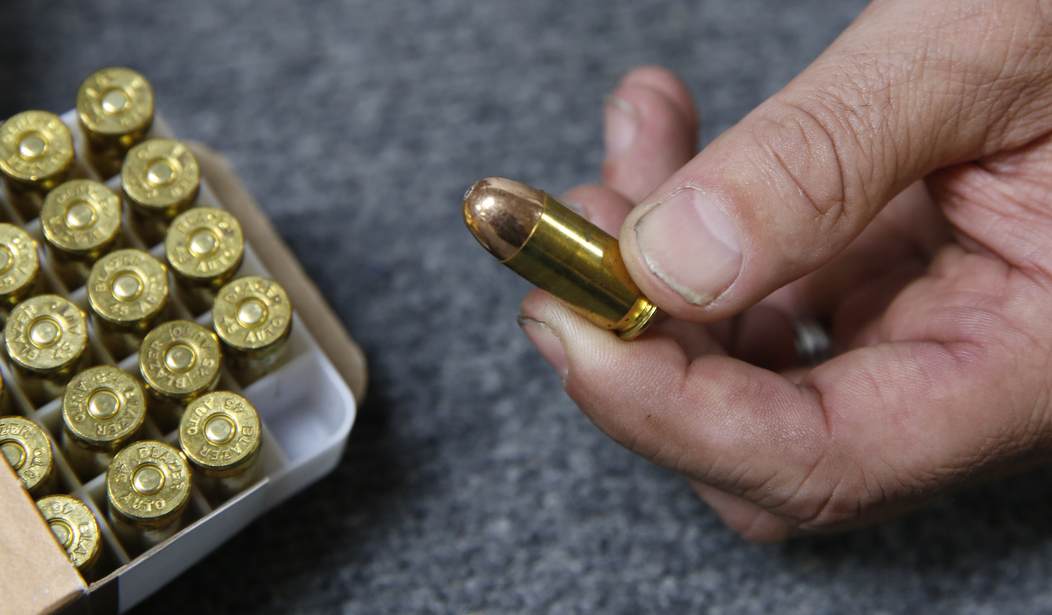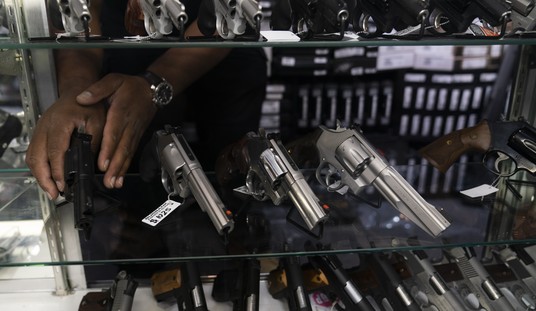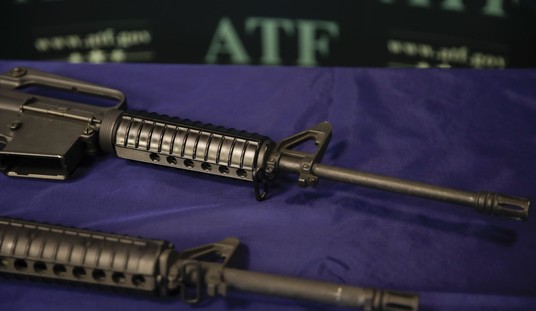The good news for gun owners is that the ammunition industry is pumping out rounds just as fast as they can. The bad news is that it seems like the demand across the country is still outpacing the supply.
I spent several hours on Tuesday morning speaking with multiple individuals in the ammunition industry, none of whom wanted to go on the record but many of whom were willing to speak on background, and all of them shared different versions of the same story: they’re running at 100% capacity and looking to add more, but still haven’t caught up on the flood of orders that have been pouring in for almost two years now.
In fact, according to two industry officials from different companies who spoke to me on background, there’s been little to no let up in the demand for ammunition, even as firearm sales have declined slightly off their 2020 highs. That’s a double-edged sword for the industry itself, which has seen a surge in first-time gun buyers over the past two years. Turning those gun owners into folks who reliably head to the range on a regular basis is a multi-pronged effort, and if they find it too difficult to get ahold of the ammunition they need, there’s a portion of them that will eventually stop trying.
Even longtime gun owners have grown frustrated over the situation. A couple of weeks ago outdoor columnist Bill Ferris shared his thoughts on the state of the industry, and questioned whether its time for companies to make investments in expanding capacity.
I recently saw an interview with a manager for Federal, which now also manufactures Remington. He explained that his companies were working seven days a week and making ammunition 24 hours a day. They can’t make more without building new facilities, and if they guess wrong and shooters stop or slow down their buying, then they will have an over-capacity.
I’m not sure of the premise. Remington moved most of their gun making factory from New York to new factories in the south. Smith and Wesson announced they are leaving Massachusetts. Winchester had long ago moved from Connecticut and Ithaca moved out of New York 20 years ago.
I recently saw an interview with a manager for Federal, which now also manufactures Remington. He explained that his companies were working seven days a week and making ammunition 24 hours a day. They can’t make more without building new facilities, and if they guess wrong and shooters stop or slow down their buying, then they will have an over-capacity.
I’m not sure of the premise. Remington moved most of their gun making factory from New York to new factories in the south. Smith and Wesson announced they are leaving Massachusetts. Winchester had long ago moved from Connecticut and Ithaca moved out of New York 20 years ago.
All the gunmakers have moved to bigger facilities capable of manufacturing more guns in more “gun friendly” states from the traditional northeast. All except Connecticut Arms have moved, and for the most part, they only build traditional side-by-side or over-and-under shotguns.
Maybe it is time the ammunition makers built new facilities to accommodate all the new shooters who want to shoot their new guns before they lose to competition from the rest of the world.
Gunmakers have been moving out of blue states because of politics, not production capacity. And many large ammunition manufacturing facilities are already located in firearm friendly states like Arkansas and Idaho, so it’s not a matter of these companies needing to move before they can expand.
It really is more an issue of gauging whether today’s current demand is still artificially spiking because of the shortage caused by the Great Gun Run of 2020 (which is getting ready to enter it’s third year), or if the current demand represents a new normal. It’s also not a quick or easy thing to ramp up production lines in a factory setting, and like almost every other industry out there, many of these companies are dealing with a very tight labor market as well, which only increases the uncertainty surrounding a major expansion of production facilities.
So, as disappointing as the news is, I don’t expect any dramatic improvement in terms of ammo availability over the next few months. At best, I think we can hope for a gradual easing of the supply crunch, and it has gotten a little easier for me to find common calibers like 9mm and .223 in central Virginia over the past six months or so, but it’s still very much up in the air as to what I’m going to find on the shelves when I hit up my local gun stores, and I suspect that uncertainty is going to remain in place in the months ahead.









